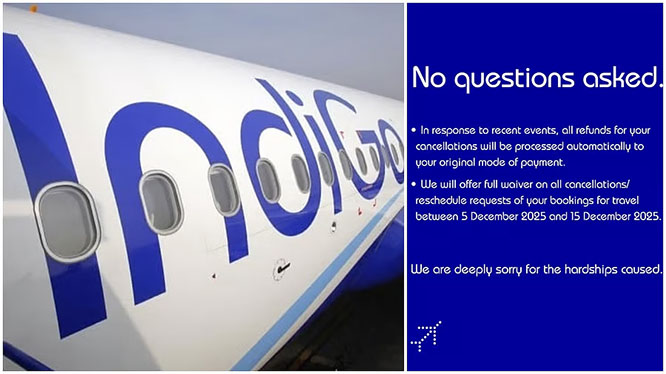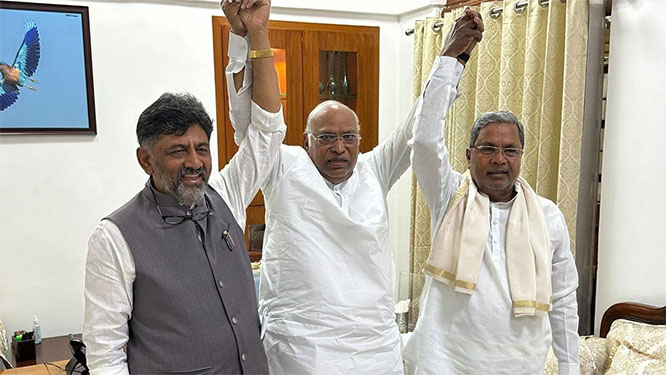New Delhi, Jan 9: The government on Friday issued guidelines for the packaging and transportation of COVID-19 vaccines by air, directing the airport authorities and airlines to use dry ice as the refrigerant material during the transportation in order to maintain the low temperatures between -8° C to -70° C.
"The temperature maintenance requirement for COVID-I9 vaccines is reported to be varying from -8° C to -70° C and hence, the use of refrigerant material during the transportation becomes essential," noted Director General of Civil Aviation (DGCA) in the guideline.
"Though there may be different refrigerant options, use of dry ice (Carbon Dioxide Solid) is the most commonly used, affordable and readily available refrigerant material available in the country for transportation of perishables by air," it stated further,
The DGCA said the vaccines packed in dry ice should ideally be transported in the lower deck of the aircraft, but if the airline wishes to transport them in the passenger cabin, then the flight crew must be properly trained on the hazards and risks of its transportation.
"The operator should take all necessary steps to ensure that the flight crew is not harmed by carbon dioxide incapacitation or intoxication. Flight crew should be properly trained on the hazards and risks of transporting dry ice and on the procedures related to the operation. Any other occupants on-board should only be allowed if required under demonstrated urgent operational needs (for example, additional flight crew for the return flight or additional persons needed for the cargo handling)," it stated.
The guidelines noted that dry ice transforms into carbon dioxide gas at temperatures higher than -78 degrees Celsius under normal atmospheric pressure and, therefore, it is classified as "dangerous goods" by the International Civil Aviation Organization (ICAO), therefore, "adequate number of carbon dioxide detectors should be available in the cabin."
"Such detectors should be located at locations for timely and reliable detection of a dangerous concentration of carbon dioxide," it added.
It further directed the operators, while engaging in the transportation of COVID-19 vaccines, "to establish the maximum quantity of dry ice that can be loaded in a given cargo hold or in the main deck (passenger cabin) when a passenger version is deployed for all cargo operations."
Government sources on Thursday said the government has allowed passenger aircraft to transport vaccines.
"Pune will be the central hub from where vaccine distribution will take place. 41 destinations across the country finalised for delivery of vaccines," they stated.







Comments
Add new comment